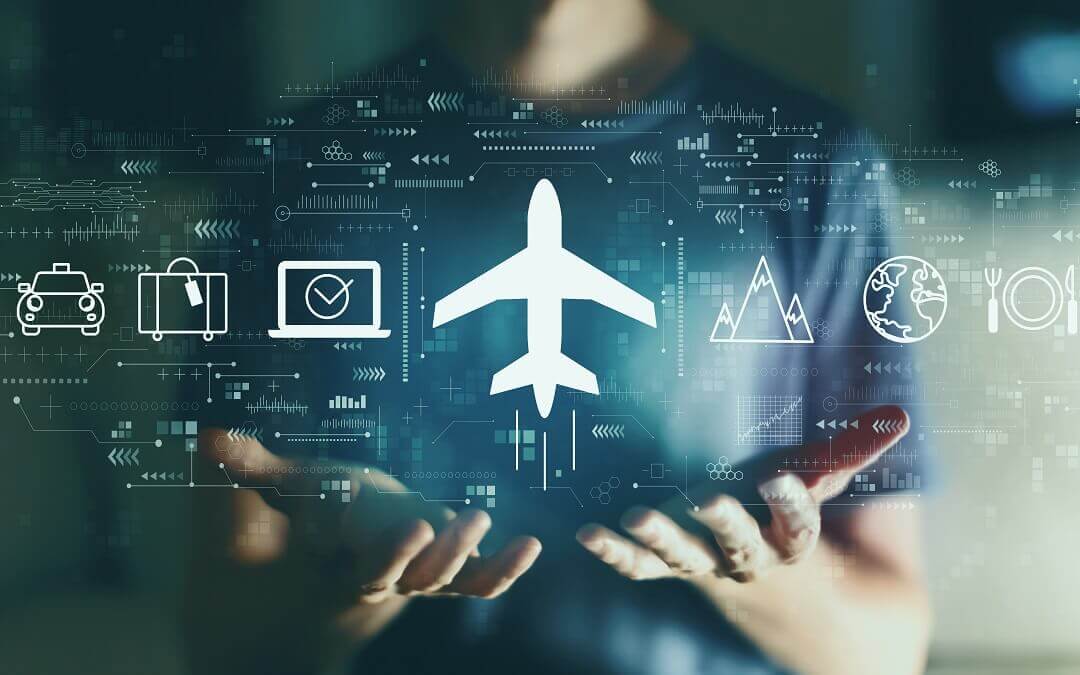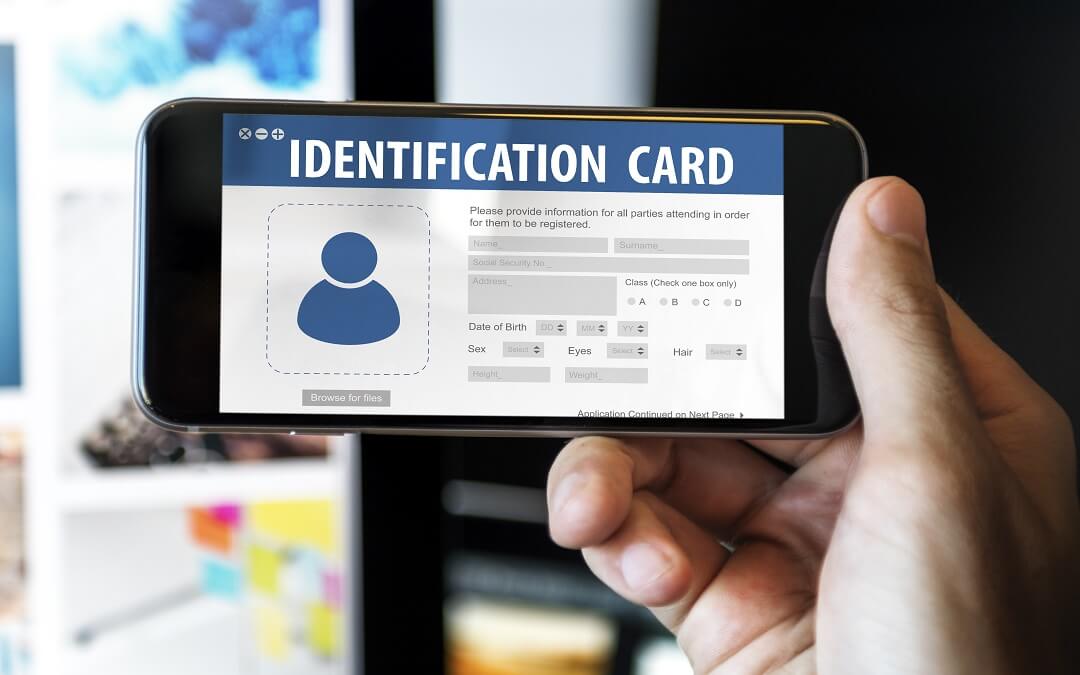- Technology
- Uploaded In: 2023
Enhancing border management systems using Artificial Intelligence
The increased digitisation of cross-border mobility and international migration by more governments and authorities worldwide has paved the way for the use of Artificial Intelligence. Yet this has become a topic of interest and contention. With the large scale of data captured used to implement and develop AI in migration and travel systems, investments into digitisation and automation have increased in recent years. Digital Transformation has evolved to cover almost all areas of migration management, like data collection, transfer and interpretation in the decision-making process, visa application and processing systems, border management systems, identity management using biometrics, background checks, compliance, fraud prevention, and refugee resettlements. What has caused interest that ends up making a case for and against AI in a sensitive and critical process?
AI surveillance at a gist
Carnegie's AI Global Surveillance (AIGS) Index indicates that AI surveillance is now used by 75 of the 176 countries globally, with facial recognition systems used by 64 countries. Data from the index indicates that democratic governments are deploying a range of surveillance technology, from safe city platforms to facial recognition cameras.
Resurgence in travel and migration post-pandemic: A case for AI deployment
While AI has been used in border control and visa processing in the past two decades, the COVID-19 pandemic has played a major role in its increased deployment by leveraging the recent developments in the machine learning space around biometric captures and facial recognition.
After the impact of the COVID-19 pandemic and the recent geopolitical developments in the Commonwealth of Independent States (CIS) region, migration and cross-border travel has once again picked up in the last few months, with more travellers
showing the willingness to visit an alternate country for work, leisure, business, education, medical reasons, or visiting family. According to United Nations' 2022 Migration Report, there are 280 million international migrants worldwide at the end of 2020, a rise of 3.5% from the previous year.
The same goes for global air travel as international traffic in May 2022 has risen 325% over the same period last year and at 64% of the pre-pandemic levels in May 2019, thanks to easing travel restrictions and Europe and Middle East-North America routes already exceeding pre-COVID-19 levels. With the easing of travel restrictions globally, border control authorities may spend more time scrutinising travellers' records, given the added need to review health credentials and vaccination statuses.
Use of AI in border management
With governments focusing on contactless travellers' experience, we have already seen innovations in biometric authentication at airports that cover all stages of cross-border movement from pre-departure to exit. As airports remain the key point of entry for a vast majority of travellers, here are some such instances where AI can not only reduce the waiting times or queuing, but ensure accurate processing of data:
EU's ETIAS (European Travel Information Authorisation) System, which is expected to be operational by mid-2025, is one such AI-driven system that will address the migratory challenges pre-departure. Starting in 2016, ETIAS will allow for the pre-registration of visa-exempt visitors travelling to the Schengen area and effectively assess any security or irregular migratory risks by any individual before they arrive at the border. By maintaining a watchlist of individuals suspected of having committed serious offences like terrorism, criminal activities, fraud or human trafficking, this travel authorisation system will gather, monitor, and update all traveller information to determine whether it is safe for them to enter the Schengen countries.
Dubai's Smart Tunnel project uses machine learning to assess its passengers' data as part of the transit process without any travel documents or boarding cards. Piloted in October 2018, the project enabled first and business-class Emirates passengers to finish passport control procedures in less than 15 seconds where the traveller has to pass through the tunnel and face the camera, equipped with biometric recognition technology. This ran in tandem with their existing smart gates system, which use the latest face-recognition software that allows residents to use their Emirates ID or registered passports to get through without encounters with passport control officers.
The Electronic Visa (E-Visa) is fast emerging as a convenient and revolutionary service in the travel domain as it now offers travellers the unmatched convenience of applying for their visa from the location of their choice, by leveraging highly secure solutions. With an intuitive online application form filling support that leverages artificial intelligence and digital quality checks to ensure all details submitted and documents uploaded are as per the requirements. E-Visa solutions make it simpler and more convenient for governments to make faster visa application decisions with the help of a digitised platform in a secure (GDPR and data privacy norms compliant) format, to deliver an end-to-end seamless service. Ours is the only company with an end-to-end E-Visa solution for governments.
Artificial Intelligence in border management and surveillance
AI is present for most parts of the cross-border travel and migration cycle, from pre-departure identity checks, supporting visa application lodgement and processing, enhancing border procedures, producing data analytics on lodgement, applications, and compliance with visa and health requirements, as well as forecasting migration and global travel trends. AI technologies can enhance system and process efficiencies, reduce processing times and effectively cater to the rising demand for migration-related services and cross-border travel.
Resistance to the use of Artificial Intelligence
The use of AI not only ensures more effective processing of vast amounts of data that is already captured much quicker, but it also ensures the relevant authorities identify and adequately respond to threats with greater efficacy. However, the larger challenges facing this implementation include the resistance from citizen and human-rights forums on mass-scale surveillance by the respective governments and privacy infringement.
The adoption of advanced technologies for border control management has its fair share of risks, such as the manipulation of machine learning systems to make false predictions with fatal impacts on outcomes at the border entry/exit decision points. Many experts have voiced their opinions for years that the error rates in facial recognition.
The most common criticism of this technology is how it is likely to be adapted into mainstream societies and tracking the citizens within the country over time from being a border management solution. Moreover, the biggest hurdle any form of automation faces is cultural issues. Doubts and a deep-rooted fear of how AI could be ‘mis'-used and result in ‘systemic bias' during the decision-making stage. The question of lawful or illegal use that could fringe human rights violations makes it all the more possible to see more resistance.
Other studies reveal a lack of technical skills, a prevalent knowledge gap in adopting AI, and a lack of concrete proof that the data interpretation provides concrete proof with the possibility of deviating from real-life scenarios. There is a possibility that countries that have not adopted AI in their border control measures are still sitting on the fence due to the cost of upgrading the systems, complexities, and the lack of skills.
Mitigating AI-related risks
Data privacy and protecting personal information are critical. Core security principles of encryption, access control and authentication, logging and monitoring have become important and should be included right from the design and development stage of the systems. Vulnerability management is another key area that should be actively managed, especially since many open-source libraries are used in systems development.
Overall, securing just the algorithms and data sets is not enough. Rather, an end-to-end approach to applying security by design should be adopted and managed on an ongoing basis. This includes compliance with various data localisation, privacy and protection laws, including the EU General Data Protection Regulation (GDPR).
With AI technology undergoing refinement over the years, this will result in cost efficiencies with more evolved and smarter systems that can address these challenges. At the end of the day, the opportunities for using AI in border management outweigh the need for more nations to upgrade their existing analogue borders into digital borders, as long as accountability and privacy are paid heed to during the decision-making process.
If you have any feedback on this article or would like to reach out to our team to know more, please email us at
communications@vfsglobal.com













